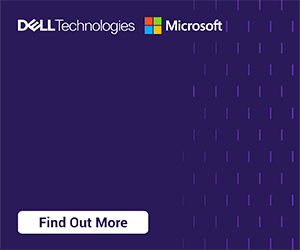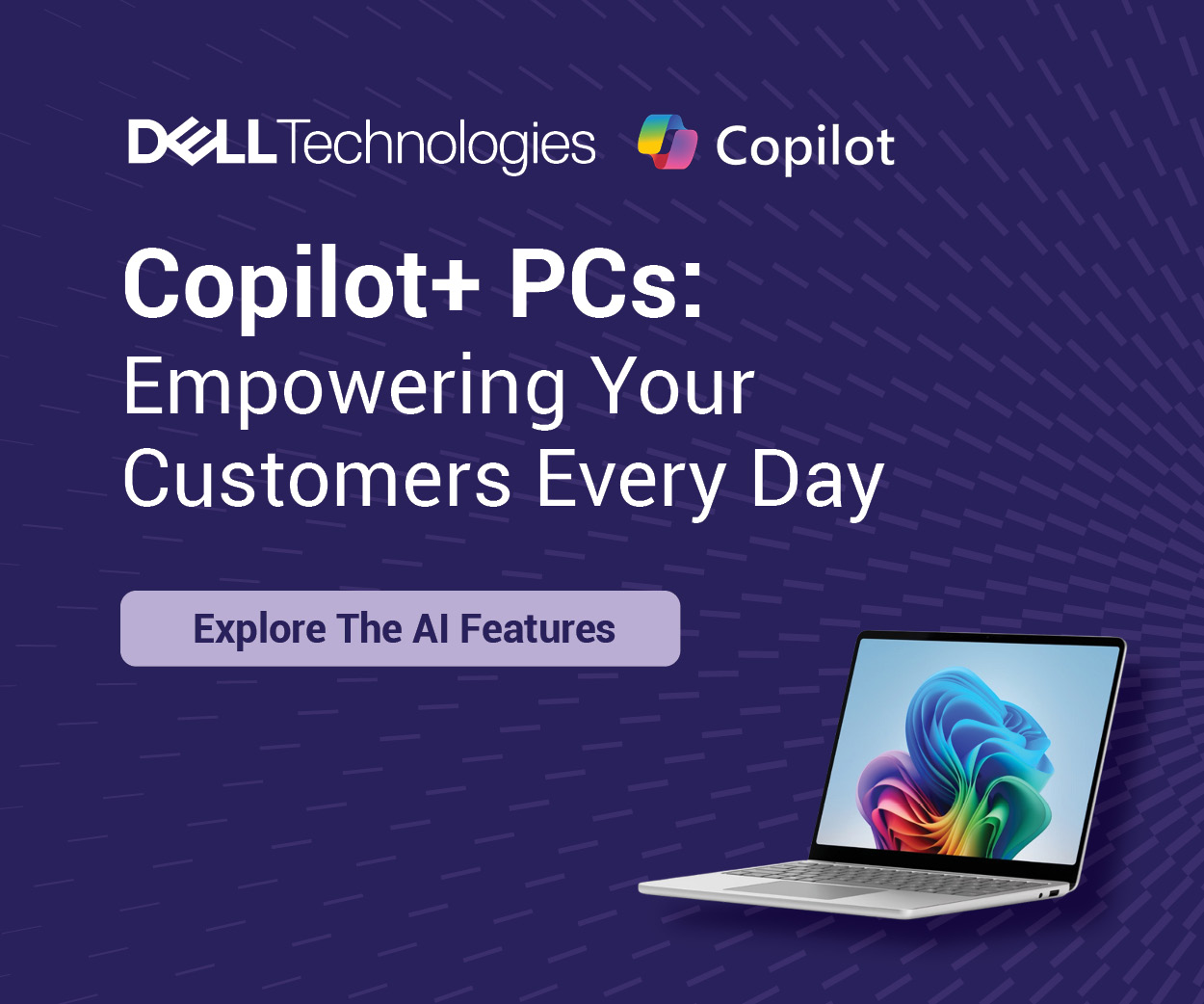Legacy IT planning and procurement depends on multi-year projections and infrastructure sizing forecasts. Typically speaking, this means an organization will overbuy what they need today and “grow into” their environment over time.
While this has been a widely accepted practice for years, there are two major drawbacks worth noting:
• First, upfront overprovisioning of resources is an inefficient use of capital.
• Second, forecasts are often wrong. Organizations typically find their infrastructure underutilized if the planning assumptions are wrong, again resulting in an inefficient allocation of capital.
Helping your customers become a more efficient and agile organization with flexible IT
Flexible IT allows IT organizations to rapidly respond to quickly changing user requirements. By bolstering this as-a-Service agility and removing the inaccurate manual processes described above, your customers will be able to create an environment where new ideas are given the flexibility to flourish.
This, in turn, could lead to newly developed services and experiences that can be brought to market and become foundational to their business’s success.
Flexible IT adopters are already enjoying big rewards
Companies that have adopted flexible IT solutions are already enjoying its major benefits:
Cost optimization: Organizations have reduced their infrastructure costs by 16% in the last year because of their use of on-premises infrastructure-as-a Service consumption models (a 60% greater reduction than those who have not employed flexible IT1).
More effective public cloud management: Organizations are making smarter public cloud use and workload placement decisions for their businesses which, in turn, helps reduce the company’s exposure to risk. As a result, they have experienced 44% fewer problematic public cloud incidents in the past 12 months1.
More agile development and migration processes: Organizations credit flexible IT with reducing application development cycles by 3 business weeks on average (a 40% larger reduction1). Moreover, these organizations can re-platform workloads from one location (public cloud, edge location, or private cloud) to another 53% faster than those who have not employed flexible IT1.
All told, flexible IT helps free staff from mundane tasks, thereby allowing them to focus on strategic projects that can add significantly more value to deploying and tuning infrastructure.
Adopting a flexible IT solution
Forward-thinking IT leaders must bear in mind that the only constant in the world is change. Adapting IT models to effectively navigate that change is critical.
Help your customers implement the agile IT infrastructure that’s essential for ongoing adaption and resilience in the digital era by providing them with more choice, flexibility, and predictability – and the ability to deliver optimized IT, on demand.
When you partner with Dell Technologies and Intel, you can effectively demonstrate your ability to deliver tailored, end-to-end infrastructure solutions, streamlined processes and on-demand, as-a-Service delivery models – all underpinned by intrinsic security – to drive greater efficiencies, more effective public cloud management and truly game-changing digital transformation.
Learn how Dell Technologies will stop at nothing to help your customers adopt flexible IT solutions that increase agility. Learn more here.
1. ESG research report, ‘Flexible IT Models Drive Efficiency and Innovation’, April 2021.













